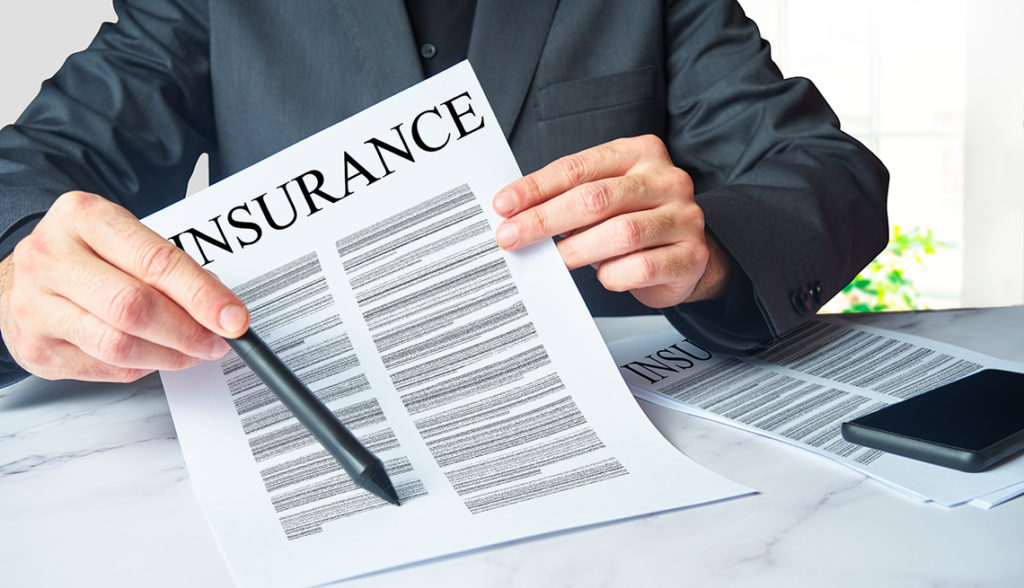What Are The Main Insurance Policies?

Insurance plays a crucial role in protecting individuals, businesses, and assets against various risks. Understanding the main types of insurance policies available can help individuals and organizations make informed decisions about their insurance needs and financial security.
1. Life Insurance
Life insurance is designed to provide financial protection to beneficiaries in the event of the policyholder’s death. It pays out a lump sum or periodic payments to the designated beneficiaries, which can help cover expenses such as funeral costs, mortgage payments, or income replacement. There are several types of life insurance policies, including term life insurance (providing coverage for a specified period), whole life insurance (providing coverage for the insured’s entire life with a savings component), and universal life insurance (flexible premiums and adjustable death benefits).
2. Health Insurance
Health insurance covers medical expenses and provides financial protection against healthcare costs. It typically includes coverage for doctor visits, hospitalization, prescription medications, preventive care, and sometimes dental and vision care. Health insurance policies can vary widely in terms of coverage levels, deductibles, co-payments, and networks of healthcare providers. Individuals may obtain health insurance through their employer, government programs like Medicare or Medicaid, or the Health Insurance Marketplace.
3. Auto Insurance
Auto insurance provides financial protection against physical damage and liability resulting from traffic collisions and other incidents involving vehicles. It typically includes coverage for property damage, bodily injury liability (for injuries to others), medical payments, and uninsured/underinsured motorist coverage. Auto insurance policies can also offer optional coverage such as comprehensive coverage (for non-collision-related damage like theft or vandalism) and collision coverage (for damage to your vehicle in a collision).
4. Homeowners/Renters Insurance
Homeowners insurance protects homeowners against financial losses related to their home and belongings. It typically covers damage or destruction of the home itself, personal property, liability for injuries or damage caused by the homeowner or their family members, and additional living expenses if the home becomes uninhabitable due to covered perils. Renters insurance provides similar protections for tenants renting a property, covering personal belongings, liability, and additional living expenses.
5. Property Insurance
Property insurance encompasses a broad category of insurance policies that protect physical property against various risks, including damage or loss due to fire, theft, vandalism, natural disasters, or other covered perils. Besides homeowners and renters insurance, property insurance can include policies for commercial property (protecting businesses’ physical assets), landlord insurance (covering rental properties), and specialized insurance for valuable items like jewelry or art.
6. Liability Insurance
Liability insurance provides protection against claims and lawsuits alleging negligence or wrongdoing that results in bodily injury or property damage to others. It includes general liability insurance (for businesses facing liability risks), professional liability insurance (protecting professionals such as doctors or lawyers against claims of negligence), and umbrella liability insurance (providing additional liability coverage beyond the limits of primary policies).
7. Business Insurance
Business insurance policies are designed to protect businesses against various risks and liabilities associated with their operations. They can include property insurance (covering business property and equipment), general liability insurance (protecting against lawsuits alleging bodily injury or property damage), business interruption insurance (compensating for lost income due to a covered event), and specialized coverages like cyber liability insurance or directors and officers insurance.
8. Disability Insurance
Disability insurance provides income replacement if you become unable to work due to illness or injury. It can cover a portion of your lost income during the period of disability, helping you meet financial obligations such as mortgage payments, utilities, and daily living expenses. Disability insurance policies can be short-term (covering disabilities lasting a few months to a year) or long-term (providing coverage for extended disabilities that prevent you from working for years or even permanently).
Conclusion
Understanding the main types of insurance policies—life insurance, health insurance, auto insurance, homeowners/renters insurance, property insurance, liability insurance, business insurance, and disability insurance—empowers individuals and businesses to make informed decisions about their insurance needs. Each type of insurance serves a specific purpose in providing financial protection against unforeseen risks, ensuring peace of mind and financial security in the face of uncertainties. Evaluating your personal or business risks and consulting with insurance professionals can help you determine the appropriate coverage to safeguard your assets, health, and future financial well-being.